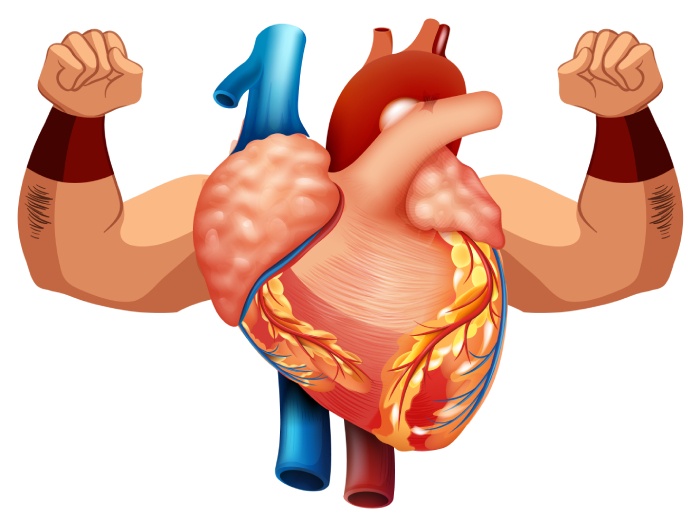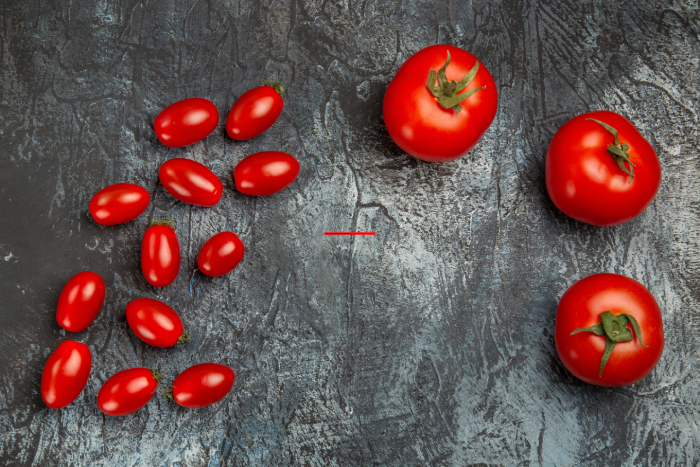Understanding the Link Between Potato Consumption and Cardiovascular Disease
While previous studies have hinted at a potential link between potato consumption and an increased risk of type 2 diabetes, the relationship between potato intake and cardiovascular disease (CVD) or hypertension (HTN) remains less clear. This meta-analysis delves into the associations between different forms of potato consumption and the risks of CVD and HTN, offering a comprehensive look at the data from multiple cohorts.
Study Overview
The study analyzed data from seven cohorts for CVD (n = 110,063) and five cohorts for HTN (n = 67,146). The mean age of participants ranged from 25 to 72 years, with 65% being women. The average consumption of total potatoes varied from 1.9 to 4.3 times per week. The primary aim was to assess the association between total potato consumption and the risk of CVD and HTN, while the secondary aim focused on the specific impacts of fried potatoes versus baked, boiled, and mashed potatoes.
Key Findings
Primary Analysis: Total Potato Consumption
The primary analysis revealed no significant association between total potato intake and the risk of CVD or HTN. The hazard ratios (HR) comparing those who consumed five or more servings per week to those who consumed no potatoes were 0.96 (95% CI: 0.89–1.04) for CVD and 1.04 (95% CI: 0.99–1.08) for HTN. These results suggest that overall potato consumption does not significantly impact the risk of developing these conditions.
Secondary Analysis: Fried vs. Non-Fried Potatoes
In the secondary analysis, the consumption of baked, boiled, and mashed potatoes showed no association with either CVD or HTN risk. However, fried potato consumption presented a different picture. While there was no significant link between fried potatoes and CVD risk, there was a 10% higher risk of HTN (95% CI: 4% to 17%) among those who consumed one or more servings of fried potatoes per week compared to those who consumed none.
Implications
The findings indicate that while total potato consumption does not significantly affect the risk of CVD or HTN, the method of preparation matters. Fried potatoes, likely due to their higher fat and sodium content, are associated with a modest increase in HTN risk. This underscores the importance of considering food preparation methods when evaluating dietary impacts on health.
Commentary by SuppBase Columnist Alice Winters

This meta-analysis provides valuable insights into the nuanced relationship between potato consumption and cardiovascular health. The lack of association between total potato intake and CVD or HTN risk is reassuring for those who enjoy potatoes as part of a balanced diet. However, the elevated HTN risk associated with fried potato consumption highlights the need for mindful eating practices.
Ingredient Analysis and Nutritional Value
Potatoes are a rich source of carbohydrates, vitamins (especially vitamin C and B6), and minerals like potassium. However, the nutritional profile can change significantly based on preparation methods. Frying potatoes increases their calorie density and introduces unhealthy fats and sodium, which can contribute to hypertension.
Health Benefits and Side Effects
While potatoes can be part of a healthy diet, the study suggests that fried potatoes may pose a risk for hypertension. This is likely due to the added fats and sodium during the frying process. On the other hand, baked, boiled, or mashed potatoes retain more of their natural nutrients and are less likely to contribute to negative health outcomes.
Market Trends and Consumer Needs
Given the growing consumer interest in health and wellness, there is a rising demand for healthier preparation methods and alternatives to fried foods. Products like air-fried potatoes or low-sodium potato snacks could cater to this demand, offering the taste and convenience of fried potatoes without the associated health risks.
Environmental Impact and Packaging
The environmental impact of potato production is relatively low compared to other crops, but the frying process can increase the carbon footprint due to energy consumption. Sustainable packaging and eco-friendly production methods can further enhance the appeal of healthier potato products.
User Feedback and Brand Credibility
Consumer feedback often highlights the taste and convenience of fried potatoes, but health-conscious consumers are increasingly seeking alternatives. Brands that can offer healthier options without compromising on taste are likely to gain credibility and market share.
Target Audience Suitability and Price
Potatoes are a versatile and affordable food, making them accessible to a wide audience. However, the price of healthier alternatives like air-fried or low-sodium products may be higher, potentially limiting their accessibility to some consumers.
Conclusion
This meta-analysis underscores the importance of preparation methods in determining the health impacts of potato consumption. While total potato intake does not significantly affect CVD or HTN risk, fried potatoes are associated with a modest increase in hypertension risk. Consumers should be mindful of their preparation methods and consider healthier alternatives to enjoy the nutritional benefits of potatoes without the associated health risks. Brands that innovate in this space can meet the growing demand for healthier, convenient food options.



